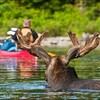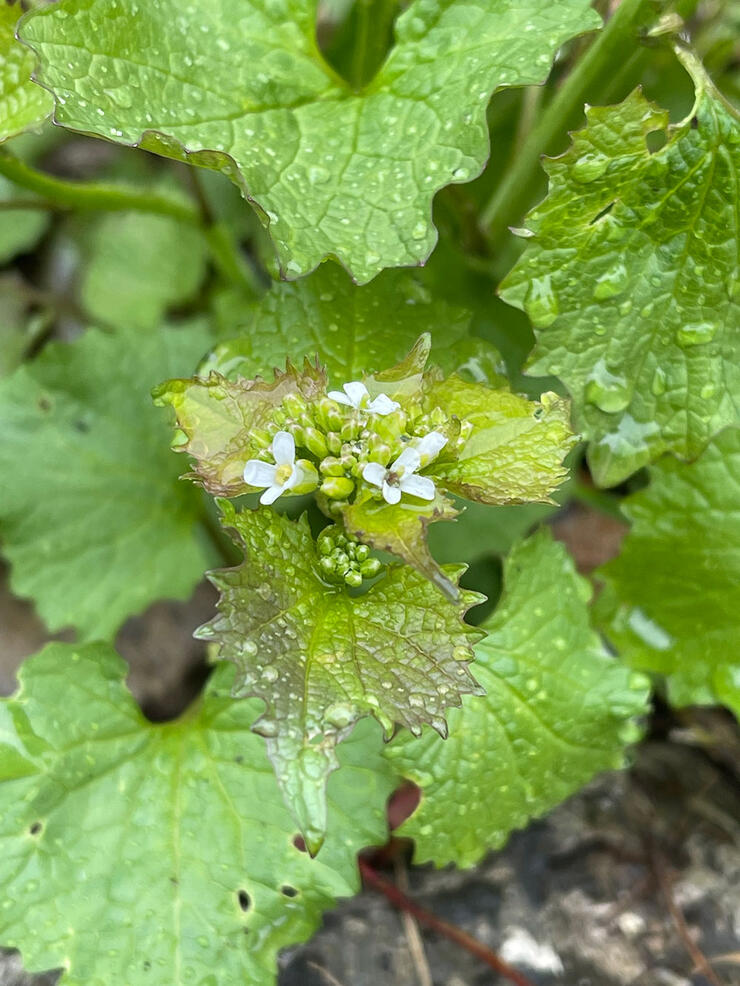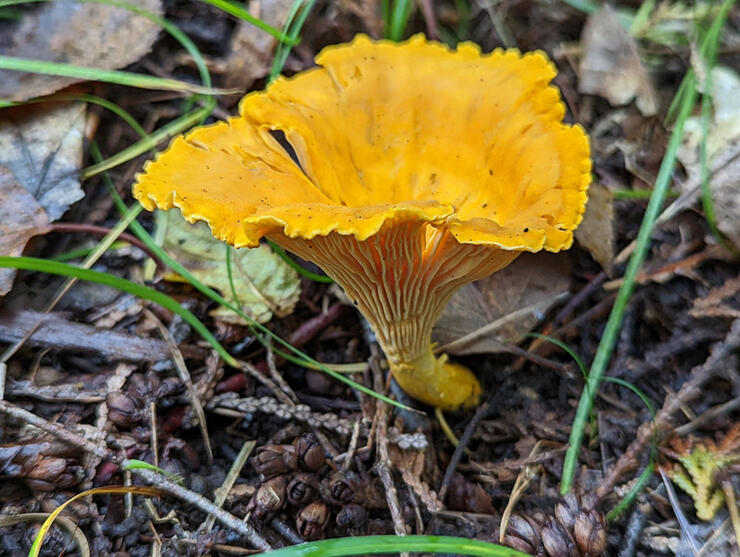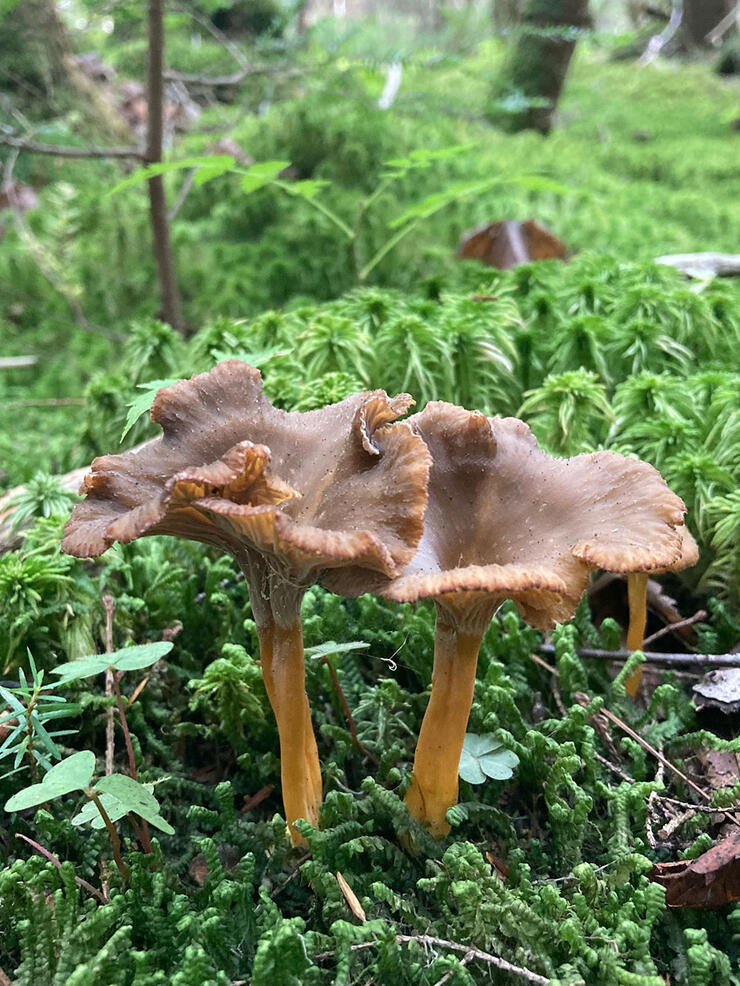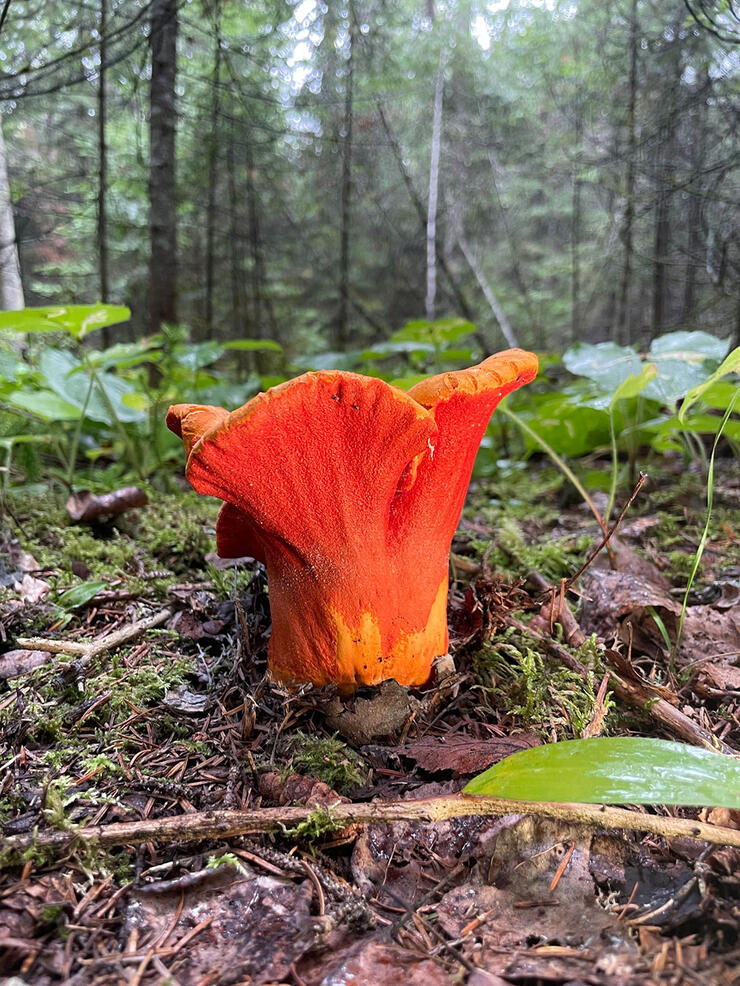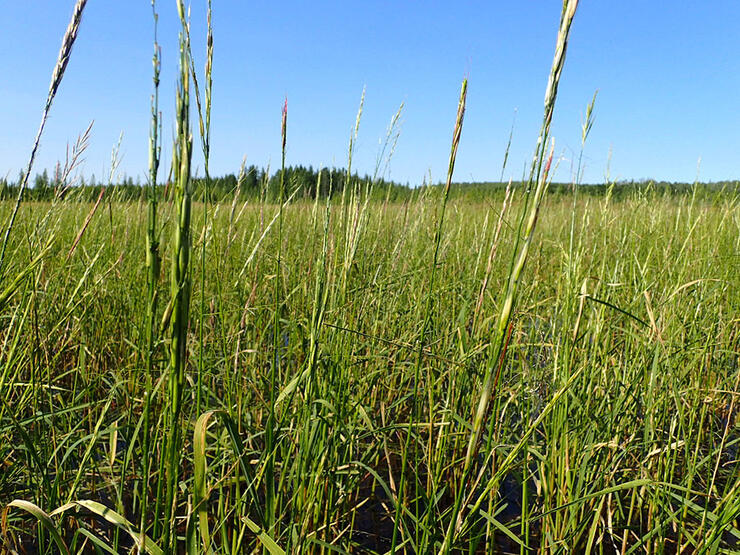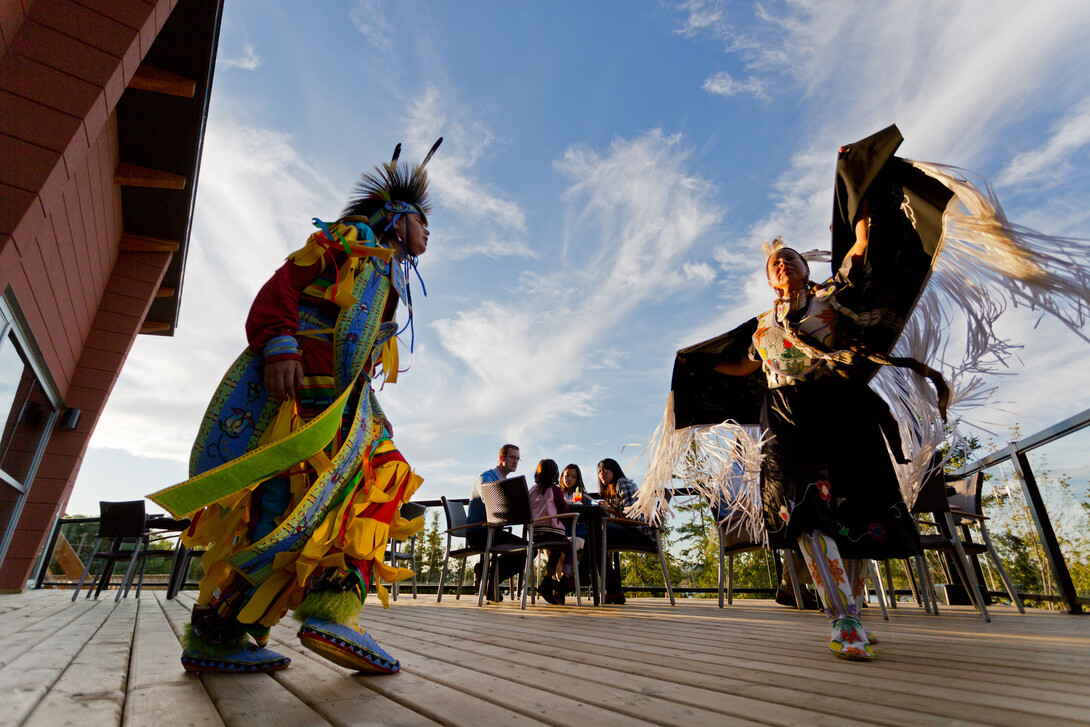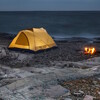
Foraging in Ontario: How to Get Started
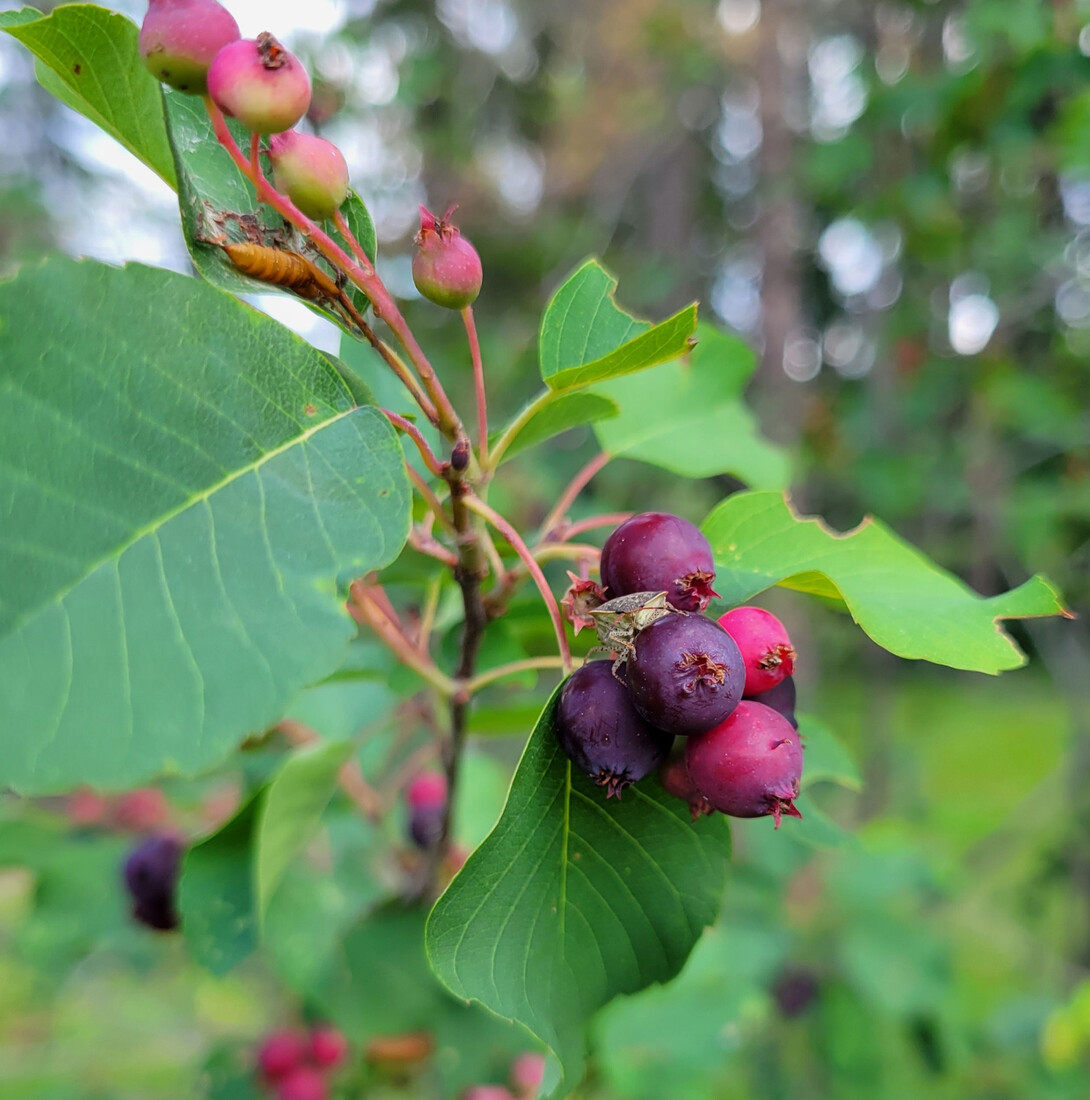
When done right, foraging reminds us that humans are part of the natural world, not adjacent to it. Collecting plants for consumption, like food or tea, helps us connect with nature on the simple premise that it helps us to pay attention. Once you notice the plants in your surroundings, you will start to pick up on other things—like how certain plants arrive before others each year or how certain species thrive in undisturbed habitats. Paying attention brings you closer to nature and helps you recognize that natural communities extend beyond just other humans: we share these plants with all forms of life.
We are lucky to have an abundance of natural spaces in Northern Ontario. This makes the region ideal for foraging, since there’s less risk of overharvesting. Even with this abundance, Ontario Nature recommends that foragers only harvest 5 percent of any local patches. This ensures that the plant populations remain sustainable. Humans aren’t the only ones using these plants, and they can be crucial to the survival of local insects and animals.
For folks who have never collected any plants, foraging can be intimidating. Some guidelines should be followed to prevent overharvesting or potentially consuming toxic species. Here, we’ll touch on those and introduce you to some more common species you can forage for. Heading out with an experienced forager is a fantastic way to learn about the local plants quickly and how to harvest them ethically. Naturalist clubs often run group outings, and some private guided hikes can focus on edible and medicinal plants.
What Can You Forage?
Once you begin looking, you’ll be surprised at how many plants have beneficial uses for responsible foragers. This article covers the more common ones, but field guides go into much more detail, outlining edible plants and those used for crafts or medicinal purposes.
Spring Foraging in Ontario
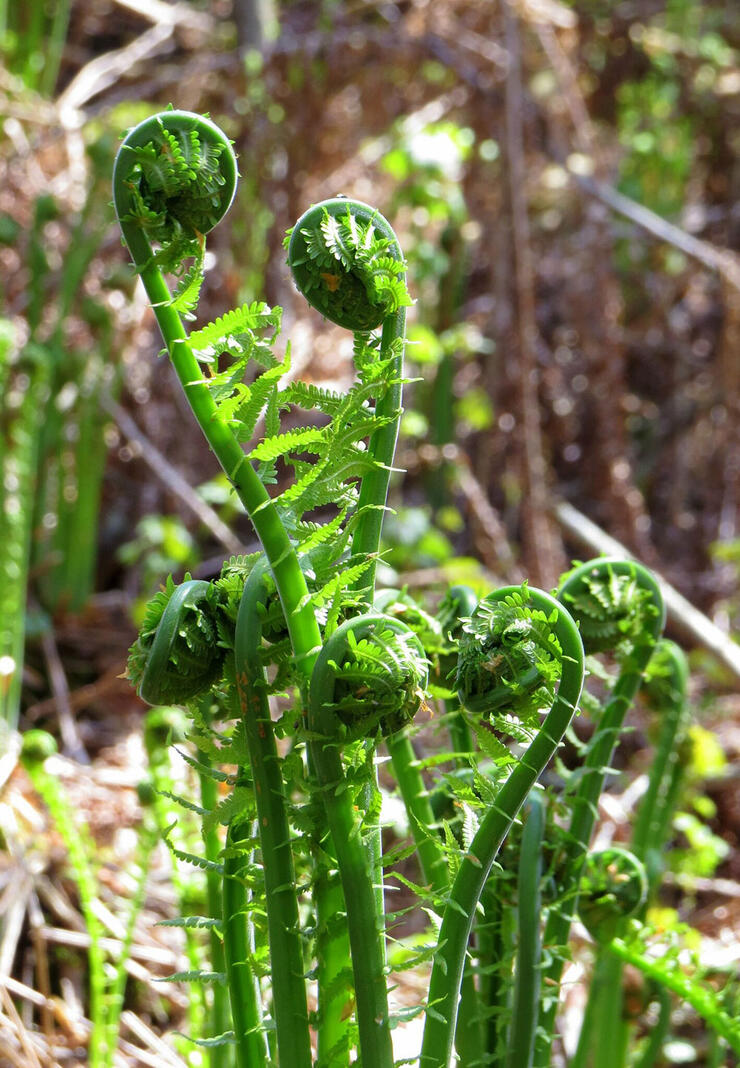
Fiddleheads
As the snow recedes, fiddleheads emerge. These are one of the most commonly foraged plants as they are easy to identify and tasty. Fiddleheads are the tightly wound young fronds of ferns. By midsummer, they will unfurl and grow into ferns covering the forest floor. Ontario is home to over 70 fern species, but the edible fiddleheads come from the Ostrich Fern (Matteuccia struthiopteris). In the summer, they are recognizable by the abrupt tapering at each end of the fern. In the spring, you’ll want to look for clusters of black fertile fronds (essentially the seeding structure) and a small black knob with fiddleheads growing out.
Fiddleheads are best picked when they are still tightly wound, in late April or early May. They are a fantastic spring addition to salads, stir frys, or as a side dish. Their taste is similar to fresh asparagus. My favourite way to eat them is simply sauteed in butter, but they can be pickled, roasted, or added as a pizza topping.
Take care: fiddleheads can cause food poisoning if not properly prepared. After clipping the fiddlehead, bring it home and wash off the brown husk under cold running water. Scrub any dirt away as well. Boil or steam the fiddleheads for 15 minutes before sauteing or frying them, as per Health Canada guidelines.
Spruce buds
The young tips of spruce trees have a sharp, citrus taste. They are loaded with Vitamin C and fantastic in teas. White or black spruce tips are both edible and readily abundant across the province. The best tips are still compact, with soft needles. You may need to scrape or wash the brown husk off them. Try pickling them, or using them as a salad topping.
Garlic Mustard
This is where the 5% harvesting rule doesn’t apply: the more garlic mustard you collect, the better. Garlic mustard is an invasive plant which is rapidly taking over moist woodlands in North America. As it is an introduced species, no animals readily consume it, crowding out native plants. Garlic Mustard patches can double every four years, as a single plant can release more than 60,000 seeds!
You can recognize garlic mustard by the rosette (circle) of kidney-shaped leaves with toothed edges when the plant is young and sharply-toothed triangular leaves in second-year plants or older. Do your part, and harvest this (while being careful to catch the seeds). I especially love the “eat the invaders” concept out of the United States. Check out their website for an awesome Garlic Mustard pesto recipe and more.
Summer Foraging in Ontario
Summer brings sunshine and warm temperatures, perfect for growing. This is when many plants begin to fruit. Birds, bears, and other animals eat the fruits, discarding the seeds, which will then become new plants. It’s the best time for sampling some of the wild berries in the region, with different berries peaking at different points of the summer.
Wild Strawberries
The window for wild strawberries is slim, but when you get it right, they are one of the tastiest Ontario berries to collect. Unlike the ones at the grocery store, these berries are often no bigger than a fingernail. What they lack in size, they make up for in big flavour. In early June, look for these tiny red berries on open areas, like bedrock or clearings. The leaves have toothed edges, and grow in sets of three, often on a trailing vine. Before the berries arrive, you’ll see small, white flowers with five petals. They are a favourite of animals as well and often don’t last long before getting eaten. Strawberry leaves can also be used in teas.
Raspberries
Ruby-red wild raspberries prefer open areas with sun and moisture, like the edges of fields and forests. This shrub is usually around a metre tall, with prickles on the stem. Look for the toothed leaflets in groups of three or five and the bright red berries. Like wild strawberries, these berries are smaller than the ones you’d find in the store, but they are full of flavour.
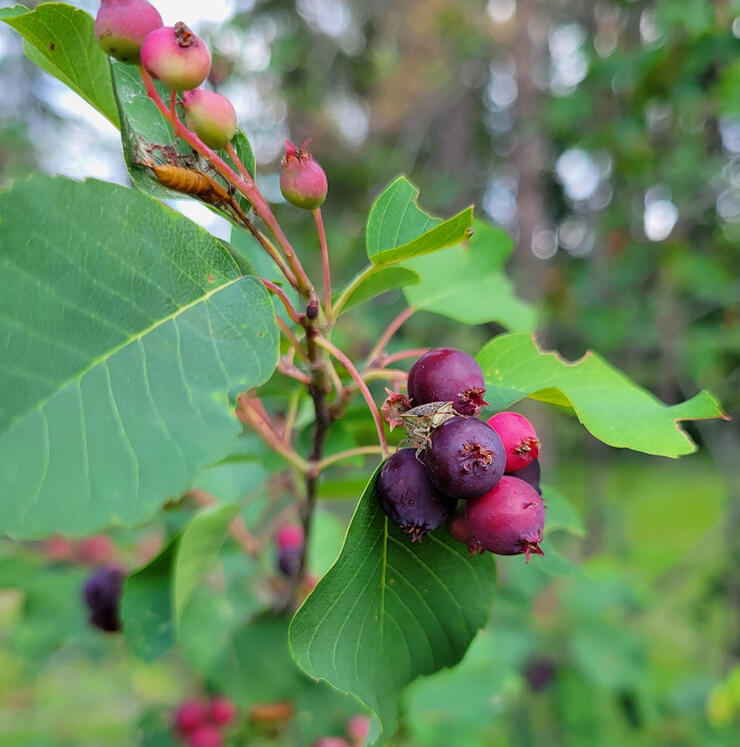
Saskatoon berries
Almost resembling blueberries on trees, Saskatoon berries are a member of the serviceberry family. They are instantly recognizable, with large, purple-blue berries growing on trees with grey bark and finely toothed leaves. These mild, sweet berries are great to eat on their own but even better in a jam.
Blueberries
Blueberries are a seasonal favourite and emblematic of Northern Ontario. In mid- to late August, forests explode with these indigo berries growing knee-high in clearings with thin soil. They thrive in areas with open disturbances and are one of the first plants to grow back after forest fires. Keep an eye out on hiking trails and canoe route portages. Head out with a basket and pick berries for jams, baking, or just plain snacking. Be mindful of black bears sharing your berry patch; make your presence known with a bear bell, back off to a different area at the first sign of a bear, and never harvest alone.
Fall Foraging in Ontario
Mushroom foraging in Ontario can happen year-round, but fall is the peak season. We’ll touch on some of the most common ones, but it’s best to forage for fungi with a solid grasp of the edible and non-edible mushrooms in the forest. Go beyond the web and pick up a book. Better still, go out with an expert to learn in-person. To get started, here are two easily identifiable edible mushrooms.
Chanterelles
Chanterelles refer to a larger group of mushroom species that are edible and delicious. Some start to appear in mid-June, but you’ll find them through until early October. The most recognizable chanterelles have a deep golden colour and false gills, which refers to the ridges on the underside that extends all the way to the stem. Find them in moist mixed forests, especially around balsam fir trees.
The Yellow-footed Chanterelle (Craterellus tubaeformis) comes a bit later, peaking mid-September. It’s abundant in Northwestern Ontario and has a slightly richer flavour than other chanterelles. It’s found in wetter areas with sphagnum moss and black spruce.
Lobster Mushrooms
Lobster mushrooms are among the most recognizable forest fungi, although they are not a true mushroom at all. These reddish-orange, bulbous growths occur when a parasite takes over the edible milkcap mushroom, affecting the shape and colour but not the taste. Fry the lobster mushrooms in butter, or boil them lightly and store them.
What Do You Need?
Arm yourself with a field guide and weather-appropriate clothes when you head out. A few other things you’ll want to consider:
- Gardening gloves protect your hands from thorns and bristles
- Paper bags for collecting plants
- Cell phone apps like “Seek” or “iNaturalist” are helpful for confirming plant identification
- Bug net (no explanation needed)
- A GPS, map, or another method of navigation, especially in areas with limited cell coverage
Safety
Strong outdoor skills and knowledge of the local area are essential for safely foraging. General outdoor safety includes being prepared for adverse weather and unexpected events. Be aware of any specific hazards in the area you plan to forage. Is it black bear country? Do you know what poison ivy looks like? Always let someone know where you are going and when you plan to return.
Many plants have look-alikes that are inedible or even toxic. Always be positive in your identification before collecting a plant, and if you are unsure, take some photos and continue researching at home.
Where to Forage in Ontario
Foraging Northern Ontario
You can forage on public land in Ontario. In the North, there’s an abundance of Crown land that can be accessed relatively easily off of main roads. Once you’re in Crown land, look for areas matching the habitat of your target plants or fungi. This is where field guides come in handy. Understanding the preferred forest type will show you where to forage mushrooms in Ontario. Many forests contain many different habitats; some exploration is required. Often, venturing down old logging roads will yield good habitat variety; edges with raspberries, cutovers with blueberries, and remaining forests holding everything else.
Don’t be afraid to ask around. If you are staying at an independent lodge, the local staff will be happy to point you towards popular picking areas. Elk Lake Eco Centre near Temiskaming Shores incorporates local flavours into their meals nearby many open forests.
Wawa’s Algoma Highlands is sandy forestland, which the farm owners realized had massive potential for growing wild blueberries. They use an old tree nursery on-site to process and package the products, which they then sell. If blueberry syrup piques your interest, stop for a tour when passing through Algoma, or order a bottle online. Earlier in the summer, you can pick wild strawberries, but the pros handle the wild blueberries here.
Foraging Southern Ontario
South-Central Ontario has lots of open space and a great variety to begin foraging outings. The beginning of the Canadian Shield brings pockets of boreal ecosystems, along with the maple and beech forests more emblematic of the Great-Lakes St. Lawrence forests. Here, you have a good variety of plants to learn about and space to do so. Check out the Muskoka region, or areas near (but not in) Algonquin Provincial Park, especially for blueberries.
Foraging Workshops in Ontario
Foraging courses are held across Ontario by independent tour operators, Indigenous groups, naturalist clubs, and culinary professionals. Each person brings their own flavour, but you’re guaranteed to learn something new and walk away with an appreciation for the natural world.
Indigenous people have harvested wild rice on Northern Ontario lakes longer than it has been called Ontario. This tradition is an important way of gathering nutritious grain. Rhonda Lyons, the owner of Anishinaabe Wild Rice Experience, takes visitors out onto Whitefish Lake, 70 km southwest of Thunder Bay, to learn her family’s method of harvesting rice by canoe.
Take a foraging workshop with Be Wild Studio in North Bay, where you will learn about not only edible plants but ones that are used in making traditional crafts near the shores of Lake Nipissing.
In south-central Ontario, join Wild Muskoka Botanicals on one of their guided foraging tours, or take a workshop further south with Puck’s Plenty in the Stratford area.
Foraging Books for Ontario
A great book to start with is A Peterson Field Guide to Edible Wild Plants: Eastern and Central North America. This book details all the plants you’ll find in the different forests of Ontario, as well as their uses and toxic look-alikes. Pair it with A Peterson Field Guide to Mushrooms of North America to cover the fungi side of foraging too.
In local outdoor shops, you’ll find other foraging field guides. Most cover similar plants and some focus directly on Ontario or even the specific region you are in. Lone Pine Publishing makes easy-to-read guides, often with great photographs to assist with ID.
The non-profit environmental organization Ontario Nature has produced an excellent guide to foraging in the northern forests. View it on their website or download it as a pdf.
Foraging Laws in Ontario
Foraging is not permitted in National or Provincial Parks. Many Conservation Areas or Nature Reserves also do not allow foraging, as the plants are part of the ecosystem the reserves aim to protect. Be sure to search for park management plans in advance to find out what’s allowed and what isn’t in specific areas. You’re free to forage on Crown land, but be mindful of the area that you are in and follow harvesting guidelines of not taking too many plants. Many foragers will move on from a patch if they notice it’s seeing heavy use.
Harvesting any plants listed under the Ontario Species at Risk Act is illegal. This especially pertains to Wild Ginseng. Illegal harvesting has led to a rapid decline of this plant, and it’s at risk of disappearing from the province altogether. If you come across any rare plants while foraging, you can report them to the Ontario Natural Heritage Information Centre.
Recommended Articles

Crown Land Camping
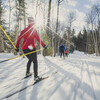
Best Cross Country Ski Spots
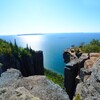
11 Jaw-Droppingly Beautiful Landscapes
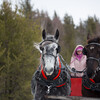
Bundle up for Snowy Horseback & Sleigh Rides
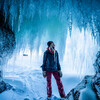
Plan Your Adventure
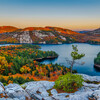
Natural Highs
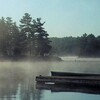
Dog Sledding in Ontario

2025 Triathalons
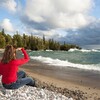
Attention Detroit
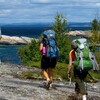
Backpacking Trails in Ontario
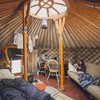
All-Season Ontario Camping: 10 Incredible Yurts
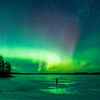
Best Northern Lights Destinations
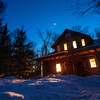
Ontario’s Most Stunning Winter Resorts
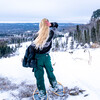
Best Winter Getaways in Ontario

Winter Romance
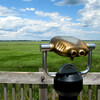
Ontario Birding Checklist
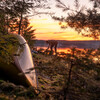
Fall Outdoor Adventures in Ontario
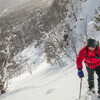
Backcountry Skiing in Ontario
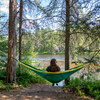
Windy Lake: Your Travel Guide
